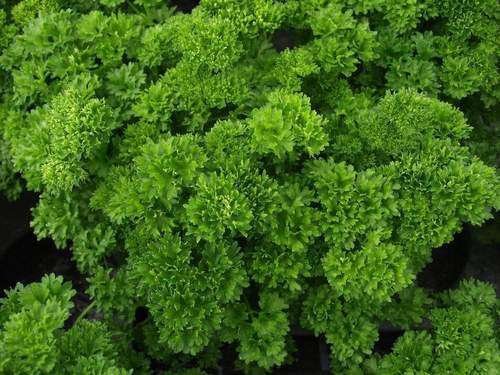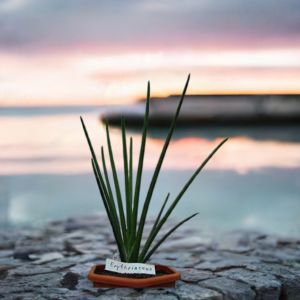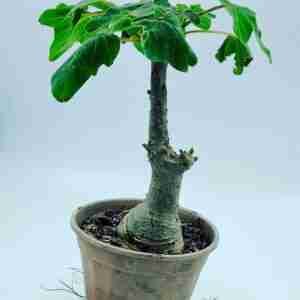Parsley Curled Herb Seeds
Parsley Curled Herb Seeds (Petroselinum crispum), particularly the curled variety, is a popular herb used for culinary and medicinal purposes. Curled parsley has tightly curled, bright green leaves and is often used as a garnish due to its attractive appearance. Here’s what you need to know about parsley curled herb seeds:
1. Germination and Planting of Parsley Curled Herb SeedsÂ
- Soil: Parsley Curled Herb Seeds thrives in well-draining, fertile soil with a neutral to slightly acidic pH. It grows best in rich soil that has been amended with organic compost.
- Sowing: Parsley seeds can be a bit slow to germinate, often taking 2 to 4 weeks. Soaking the seeds in warm water for 24 hours before planting can help speed up the germination process.
- Planting Depth: Seeds should be sown about 1/4 inch (6 mm) deep.
- Sunlight: Parsley prefers full sun but can tolerate partial shade, especially in hotter climates.
- Spacing: When the seedlings are large enough, thin them to about 6 to 8 inches apart to ensure adequate room for growth.
2. Growth and Care for Parsley Curled Herb SeedsÂ
- Watering: Keep the soil consistently moist, but not waterlogged. Parsley prefers moderate watering.
- Fertilization: Parsley benefits from regular feeding with an organic fertilizer or compost to maintain healthy growth.
- Pruning: Regular harvesting or cutting back encourages bushier growth and prevents the plant from going to seed (bolting) too quickly.
3. Culinary Uses of Parsley Curled Herb SeedsÂ
- Flavor Profile: Curled parsley has a fresh, mildly peppery, and earthy flavor. It is often used as a garnish but can also be added to soups, salads, sauces, and stews.
- Nutritional Benefits: Parsley is rich in vitamins A, C, and K, along with iron and folate. It also contains flavonoids and antioxidants, which can support overall health.
4. Medicinal Uses of Parsley Curled Herb SeedsÂ
- Digestive Aid: Parsley is traditionally used to aid digestion and alleviate bloating or gas.
- Diuretic: It has mild diuretic properties, which can help reduce water retention and support kidney health.
- Anti-inflammatory: The herb contains compounds that may reduce inflammation and provide relief for conditions like arthritis.
- Rich in Chlorophyll: Parsley is a natural breath freshener due to its chlorophyll content, which can help neutralize bad odors.
5. Harvesting
- When to Harvest: Parsley can be harvested once the plant is about 6 inches tall. It’s best to cut the outer stems, leaving the inner leaves to continue growing.
- Preservation: While fresh parsley is best, it can be dried or frozen for later use. When drying, hang the stems upside down in a dark, well-ventilated area.







Reviews
There are no reviews yet.